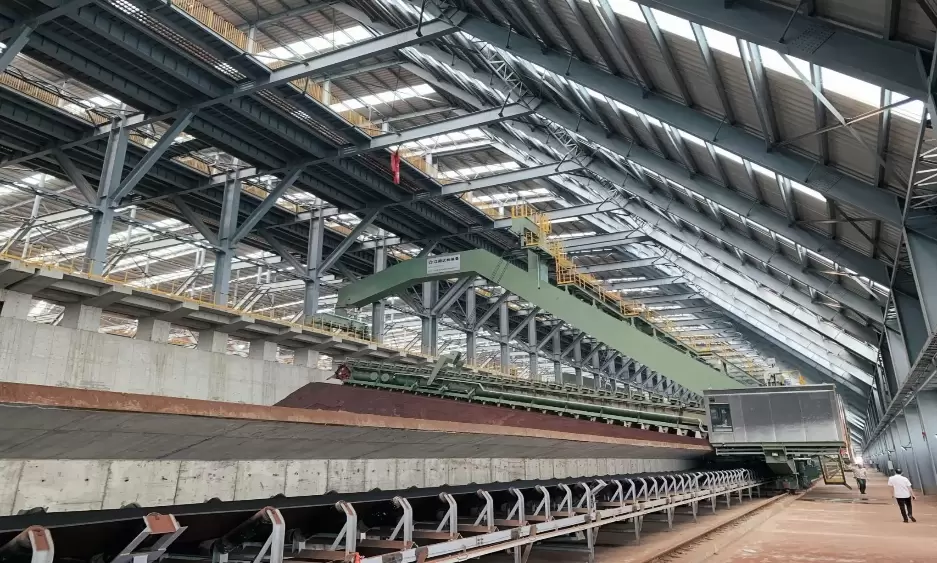Graphite Demystified: Understanding Its Classification as a Rock or Mineral
Graphite is a fascinating substance with a wide range of applications, from lubricants and batteries to advanced materials and electronics. However, a common point of confusion is its classification—whether graphite is a rock or a mineral. To address this question thoroughly, we need to delve into the characteristics that define rocks and minerals and explore where graphite fits into these categories.
- Defining Rocks and Minerals
Before diving into graphite's classification, it's essential to clarify the definitions of rocks and minerals:
- Mineral: A mineral is a naturally occurring, inorganic solid with a definite chemical composition and a crystalline structure. Examples include quartz, feldspar, and calcite. Minerals are the building blocks of rocks.
- Rock: A rock is a naturally occurring aggregate of one or more minerals, mineraloids, or organic materials. Rocks can be composed of minerals like granite (which contains quartz, feldspar, and mica), or they can be a combination of minerals and non-mineral components.
- Graphite as a Mineral
Graphite is classified as a mineral due to the following reasons:
- Chemical Composition: Graphite is primarily composed of carbon (C), making its chemical composition relatively simple and consistent.
- Crystalline Structure: Graphite has a well-defined crystalline structure. It consists of layers of carbon atoms arranged in a hexagonal lattice, which can be seen under a microscope. This layered structure is characteristic of minerals.
- Natural Occurrence: Graphite forms naturally through geological processes and is found in various geological settings, including metamorphic rocks such as schist and gneiss.
- Graphite’s Physical Properties
Graphite exhibits several physical properties that align with its classification as a mineral:
- Luster: Graphite has a metallic luster, which is typical of minerals with high carbon content.
- Hardness: On the Mohs scale of hardness, graphite ranks around 1 to 2, making it one of the softer minerals.
- Cleavage: Graphite displays perfect cleavage in one direction, allowing it to break along the planes of its hexagonal layers. This property is indicative of its crystalline structure.
- Graphite as a Rock Component
While graphite itself is a mineral, it can also be a significant component in certain types of rocks:
- Metamorphic Rocks: In metamorphic rocks like schist, graphite can be a major mineral component. These rocks often form under high-pressure and high-temperature conditions that promote the growth of graphite crystals.
- Sedimentary Rocks: Graphite can also be found in sedimentary rocks, typically as a result of the deposition of organic material.
- Graphite vs. Graphene
Graphene, a single layer of graphite, is a noteworthy derivative of graphite. It shares many properties with graphite but is a distinct material due to its two-dimensional nature. Graphene is not classified as a rock or mineral, but rather as an advanced material with unique electronic properties.
- Industrial Significance
Graphite’s classification has practical implications in various industries:
- Mining and Extraction: Understanding graphite as a mineral helps in identifying and extracting it from geological formations. Mining techniques and processing methods are tailored to its mineral properties.
- Applications: Graphite’s properties make it valuable in numerous applications, including lubricants, batteries, and lubricating materials. Its use in these fields benefits from its classification as a mineral with specific attributes.
- Conclusion
In summary, graphite is classified as a mineral due to its well-defined chemical composition and crystalline structure. While it is also a significant component in certain rocks, its primary classification aligns with the characteristics of minerals. This distinction is crucial for understanding graphite's role in geology and its applications across various industries. As we continue to explore and utilize graphite, recognizing its mineralogical properties helps us appreciate its versatility and significance in modern technology and industrial processes.

